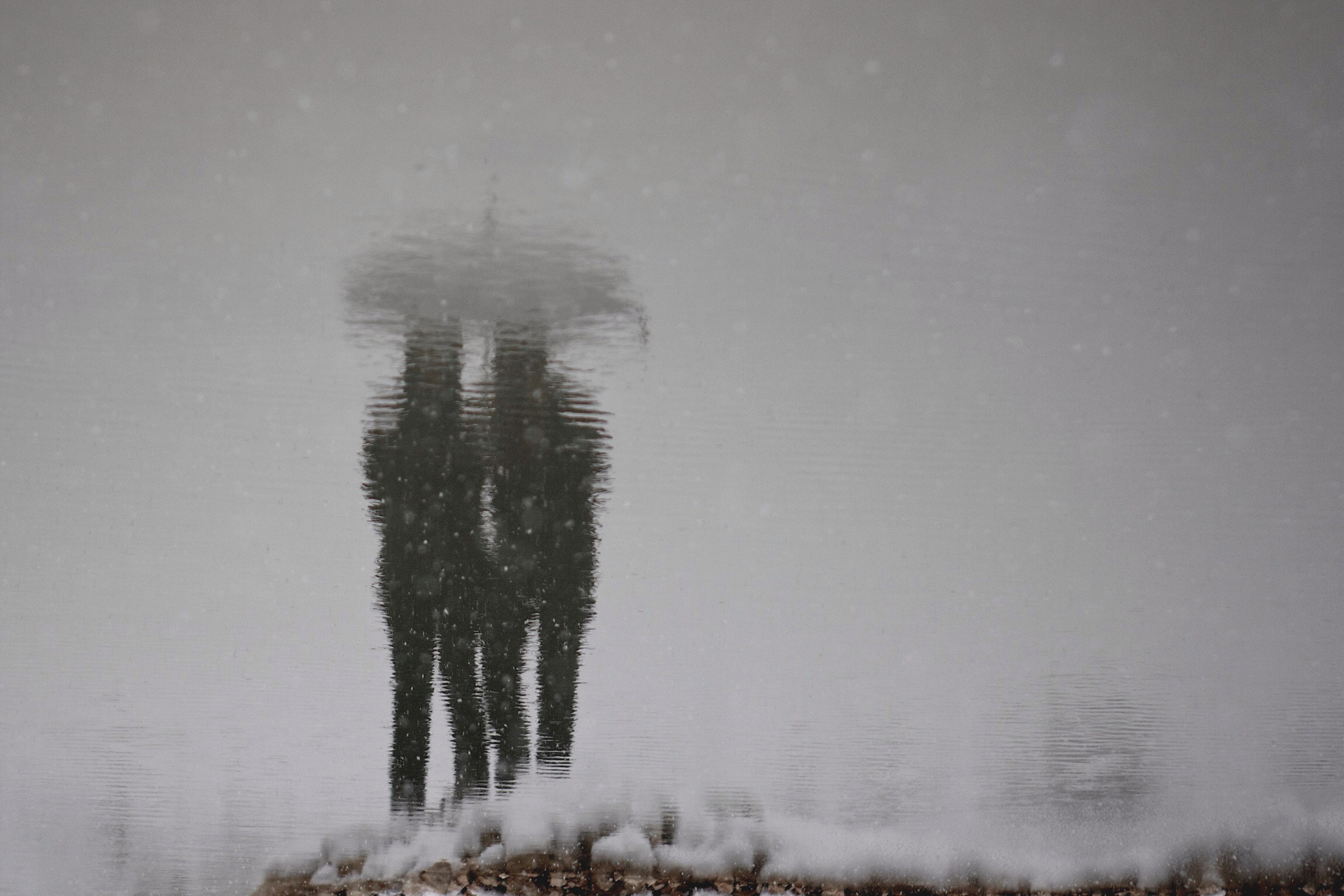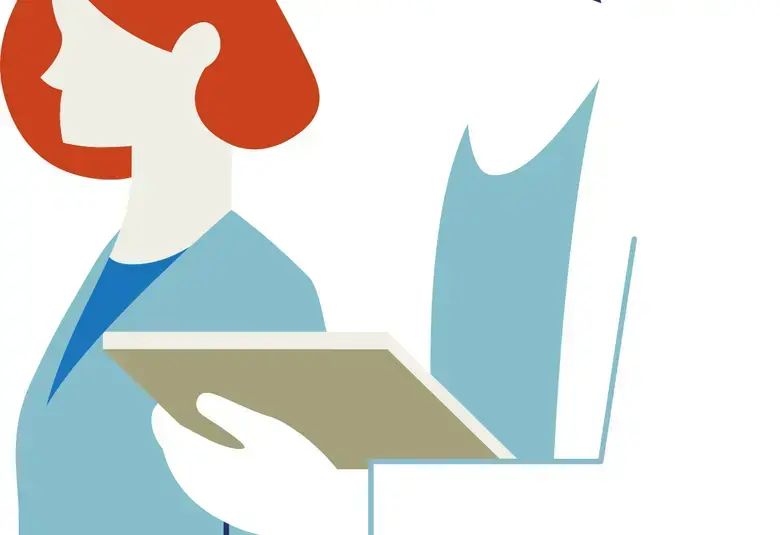Social, cultural, and even climatic factors can make the winter holidays particularly difficult for people prone to depression, beyond seasonal affective disorder (SAD). Changes in light, exposure to stress, and a multitude of other environmental risk factors may contribute to depression or other psychiatric disorders. If we can identify some of the factors which may pose the greatest risk to our health, what might we do to help?
For many, the winter holidays are a time of merriment and strengthening of social bonds. That said, there is a widespread sense that not everyone is happy at this time of year.1,2 In fact, the winter holidays may pose a particularly difficult time for many people, especially those prone to depression, for a number of reasons.
Sleep and exposure to light are crucial for both cognitive health and the body’s housekeeping functions
In the northern hemisphere, the cold weather coupled with decreased daylight and increased susceptibility to physical illnesses (like the common cold or flu) create a host of factors which may impact one’s mental health. Compound all of this with lifestyle changes which are common during the winter holidays, including disrupted sleep, increased alcohol consumption, and decreased exercise, and it is easier to understand why for some individuals, this period of the year can be difficult. Add of all of this to stress encountered from physical and social demands, family conflict, and financial worries and it is not surprising that chronic low-level depression can tip over into a more severe depression.
While the research base is limited, the evidence provides some insights into the factors that may contribute to depression during the winter holidays.
Disrupted sleep, a consequence for many around the winter holidays, has become an area of increasing clinical interest, particularly in its relationship to mental health. One of the foremost experts in sleep, Professor Russell Foster, Director of the Sleep and Circadian Science Unit at the University of Oxford, has drawn attention to the importance of our internal clock in fine-tuning our physiology, and to the fact that neural networks and neurotransmitter systems mediating sleep overlap with those involved in maintaining mental health.3,4
Professor Russell Foster, Director of the Sleep and Circadian Science Unit at the University of Oxford, discusses aspects of the winter holidays which may contribute to depression
Table 1. A range of factors may account for an association between the winter holidays and depressed mood
Adverse effects are plausible
As noted in Table 1, significant psychological disturances may worsen during the winter holidays, including getting older and not having family around or regrets of past family interactions which now leaves one alone at the holidays, experiencing increased grief due to the loss of a loved one or change in the health status of a loved one (due to cancer, Alzheimer's disease, etc.), having unrealistic expectations for the holidays, and – with all of the parties and merriment during this time of year – feeling left out if one isn't invited to events or does not have the energy to attend events or interact with friends and family due to depressive symptoms. Coupled with the mix of seasonal and socio-cultural factors which may also affect mental wellbeing, the decrease in light around the winter holidays may play a role in depressive symptoms. In general, the reduction in daily exposure to light poses a challenge for many individuals during the winter months, a topic that Professor Foster has been keen to examine.
More hours of darkness, in Professor Foster’s words, can “nudge us towards depression” if we are predisposed to it, and add to depressive burden in those who already experience the problem. In particular, the absence or reduction of natural light exposure makes it difficult for the internal body clock to align itself with the external world, aspects which may contribute to lethargy, cognitive problems, and other symptoms associated with depression.
For some, there is no midwinter magic
At a more personal level, it is possible that someone who is often lonely will feel even more isolated when others are enjoying obvious companionship. There is the expectation of enjoyment, and responsibility for the enjoyment of others; and big family dinners, frequently accompanied by the disinhibiting effects of large quantities of alcohol, can – in some settings – create more tension and stress.
In data published in 1999 by Velamoor et al (from London, Ontario, Canada), the most common stressors reported by 55 psychiatric emergency patients over the winter holiday period were loneliness (40%) and being without a family (38%).5 So it would not be surprising to find that an individual with chronic low-level depression may tip over into a more severe, clinical depression. For such people, there is no “midwinter magic”.
Holidays have an impact on stress
On Thomas Holmes and Richard Rahe’s Social Readjustment Rating Scale,6 which dates back to 1967, death of a spouse is considered the most stressful life event, and scores 100 (the highest level). Compared with this, divorce is rated at 73, marriage 50, and death of a close friend 37. A major holiday scored 12 – just ahead of a minor legal violation. So the midwinter holiday season is not a seismic event on the stress scale, but it very well may have a substantial impact on one’s health. And the Holmes and Rahe stress scale has been shown to have a small but significant correlation with the development of general ill health.
In 1982, James Randolph Hillard and John Buckman, writing in the Journal of the American Medical Association, wondered whether the popular belief in a syndrome of the “holiday blues” was justified by clinical evidence. Or was it more a construct of popular journalism based on occasional anecdote?2
In the case of life-threatening physical illness there is a clear excess associated with the winter holidays: Phillips et al found that observed rates of both cardiac and non-cardiac mortality were 5% higher than expected.7 The greatest effect was seen for people who were dead on arrival at hospital or who died in the emergency department or as outpatients. This suggests that a contributory factor may be delay in presenting to hospital.
Do we have comparable temporal data on mental ill-health?
Mid-winter misery: myth or reality?
Survey data on winter holiday wellbeing
With regard to depression specifically, Sansone and Sansone note that few studies have examined the relationship between general mood and winter holidays.8 A major piece of research published since their review, however, may cast light on this potential association.
In 2016, Michael Mutz, of the University of Göttingen, Germany, examined data from eleven countries (including Germany, Ireland, Spain and the UK) participating in rounds 3 and 6 of the European Social Surveys.9 Among several measures used was a visual analogue scale on which respondents recorded their degree of satisfaction with life, and a series of questions in which they indicated the frequency of emotional states that were positive (enjoyment, energy, calm) or negative (depression, loneliness, anxiety).
Mutz examined the difference between the frequency of positive and negative affective experiences in the week before the survey as a measure of subjective well-being. Data were adjusted for age, sex, education, employment, subjective health and country (since there are systematic differences between countries in ratings of life satisfaction and wellbeing).
Scores from interviews which fell around December 25th were compared with those gathered from people interviewed at other times of year (i.e., the data were cross-sectional). They contain some evidence that the time around the winter holidays had adverse effects on mood.
Mutz found that:
- Overall, people interviewed around December 25th had a small but significantly lower satisfaction with life than those interviewed at other times of year
- Over the December 25th period, positive emotions exceed negative emotions to a lesser extent than at other times of year (i.e., the balance of emotional wellbeing is less positive)
- Overall, the adverse effect of the midwinter holiday period on life satisfaction is less than its effect on emotional wellbeing – perhaps because satisfaction with life is a relatively stable construct while emotional wellbeing is prone to short-term fluctuations.
This research suggests that the winter holidays may prompt negative emotions and feelings to a larger extent than the rest of the year, indicating that proper clinical assessment for mental health problems are of vital importance.
Mental health professionals can advise on stress reduction and help mobilize sources of support
Helping those at risk
In relation to depression, a large longitudinal study obtaining serial measurements of mood in the same subjects followed throughout the year would reveal more about changes that occur around the winter holiday period would aid our efforts in identifying those most at-risk of depression or worsening of depressive symptoms. To date, however, such studies appear to be absent from the literature.
In the absence of evidence from such studies, we are left with generalizations based on common sense and clinical intuition. During the winter holidays, it is important that healthcare professionals recognize the signs and symptoms of depression and that patients understand that is “ok to not be ok” but that they should seek professional help. As Professor Foster notes, given all of the stressors that the holidays portend on individuals, it is important that we encourage patients to themselves over the holiday period, moderate exposure to alcohol and its depressant effects, and gain exposure to morning light, ideally combining this with outdoor exercise which will in itself have benefit.
These suggestions can be combined with those of Marjorie Baier, who recommends the two kinds of intervention outlined in Table 2.1 Several of these elements – such as self-help groups for those most at risk – are ideas which health care professionals can actively encourage.
Table 2
Healthcare professionals must be vigilant in assessing their patients for depression during and after the winter holidays
Conclusions
The midwinter holidays combine elements of celebration, compassion, charity and social bonding. That said, we have surprisingly little and often inconsistent data about mental ill-health over the winter holidays. Our understanding of the effects of major national celebrations on mood is also limited by the fact that the existing research is largely confined to winter holidays in the northern hemisphere, leaving a significant proportion of the global population unaccounted for.
What is of vital importance, however, regardless of geographical location is that healthcare professionals screen their patients for the signs and symptoms of ill physical and mental health preceding and following the winter holidays. By doing this, one can help to reduce the burden of depression during the winter holidays and help patients to achieve a healthy quality of life year-round.




